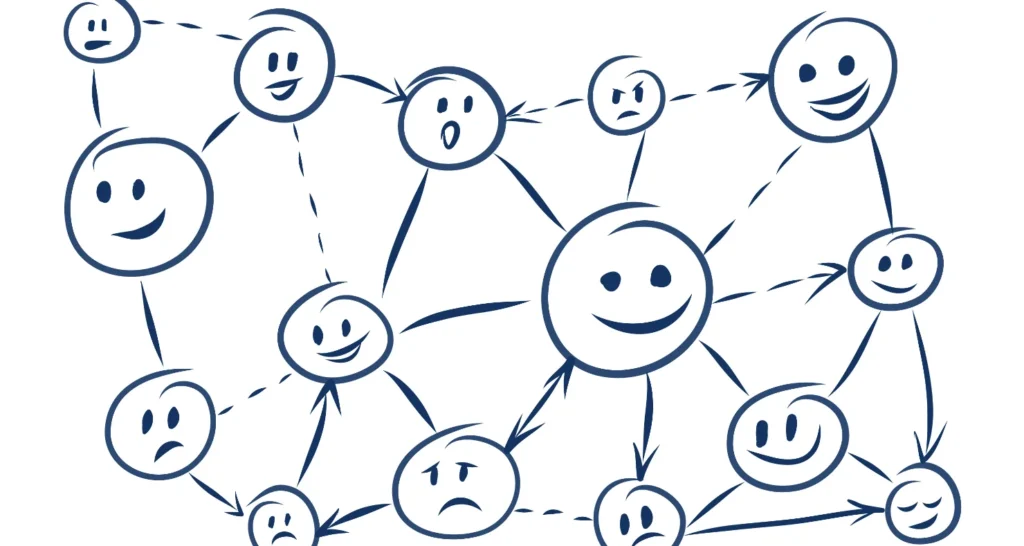PARADOX ENGINEERING
Paradox Engineering is a technology company that designs and markets Internet of Things solutions for open cities and other smart environments. Established in 2005 and headquartered in Switzerland, the company is the IoT Excellence Centre of MinebeaMitsumi Group, leading global provider of Electro Mechanics Solutions™, and controls Tinynode, which specializes in smart parking technologies.
Does your Company produce technology or solutions that are implemented in Smart Cities? How can this implementation improve the life of people?
Paradox Engineering designs and implements Internet of Things solutions for smart environments, including Smart Cities. Our flagship solution is PE Smart Urban Network: it provides cities a unified, interoperable infrastructure to manage both Wireless IoT and Wireless Highspeed IoT networks, enabling applications such as smart streetlighting, parking and waste collection
management, public Wi-Fi, video surveillance, and more.
The smarter management of essential urban services has lots of benefits for cities and their communities. For instance, Smart Lighting can reduce power consumption and related GHG emissions up to 80%, while Smart Parking contributes to decrease urban congestion up to 30%.
Which technology are your Company’s smart solutions based on? Is the core technology used in the solution your development, or are you integrating vendor parts into your complex solution or architecture?
We have a clear vision for smart, open cities: as active members of the uCIFI Alliance, together with our parent company MinebeaMitsumi we advocate open standards and are committed to create multi-supplier, interoperable solutions for cities and utilities. Our technologies are completely based on standards, so there are no limits to the integration of third-party sensors or the design of new services to extend PE Smart Urban Network.
We believe 6LoWPAN is the right connectivity standard to provide cities with the flexibility to address today’s most pressing challenges and strategically plan for future, innovative applications. Some of our hardware and software products are TALQ certified.
What are the usual technologies implemented in the most developed cities? What value gives this technology to citizens?
Smart Lighting is definitely a mature application and in many cases it is the first one to be implemented when heading for smartness. But every city is unique, so there isn’t an ideal path to follow. Sometimes it is possible to draft a comprehensive smart plan to redesign assets on the entire urban territory or selected districts. Our experience tells that turning smart is a gradual process, and every community needs to find its own pace mirroring local needs and available resources.
While taking a step-by-step approach, it is also important to have a forward-looking perspective and invest in future-proof technologies and platforms. Not everyone knows that Smart City projects using proprietary technology cost 30% more than those using open technology, since they are more complex, duplicate implementation and maintenance efforts, have a higher risk of obsolescence and a poorer return on investment. Beyond cost savings, interoperability allows Cities to head for truly shared growth, turning efficiency-oriented investments into opportunities for sustainable, inclusive development by engaging citizens and local stakeholders in open innovation cases.
How do you see the City’s improvement after implementing your projects/products into the city infrastructure? What are the expected results in the short (2030) and long (2050) term views?
Let’s review a couple of real-life examples. In Las Condes (Chile), the 6LoWPAN infrastructure based on PE Smart Urban Network currently connects thousands of streetlights, parking lots, some systems for traffic surveillance, smart totems and hundreds of environmental sensors to measure outside temperature, air pollution and noise levels. All urban objects and device-generated data are collected and monitored through a single centralized software, PE Smart CMS. Thanks to Smart Lighting, the municipality is saving about 2 million USD per year, and additional 160 thousand USD are expected to be saved every year by the optimization of lighting and dimming patterns via PE Smart CMS. At the end of the day, the overall Smart City project ended up in self-financing, and citizens are totally engaged in any project development.
In the Kingdom of Cambodia, MinebeaMitsumi committed to a high-efficiency LED streetlight project, working with Paradox Engineering. More than 12,000 streetlights were replaced with LED luminaires and connected to our wireless network to allow remote monitoring and control, covering different locations including Phnom Penh City and Siem Reap City. The projection is to reduce 559 tons of CO2 every year, this means 5,590 tons of CO2 in 10 years. About 55% of emissions saving is accountable to LED technologies, while an additional 15% to the wireless control system.
What is your opinion about the direction of Smart Cities and the smart technology market soon? What kind of smart technology has the biggest potential to succeed from the global perspective? Why do you think so?
We see interesting developments in environmental sensing, as the smart monitoring of key environmental parameters is pivotal to feed data-driven applications to improve air quality, water supplies – generally speaking, to improve the quality of life.
Public safety is a growing area of concern in many cities around the world, so we are likely to have a rising demand of smarter technologies to support law enforcement, such as video surveillance systems, body-worn and in-vehicle cameras for emergency intervention, crowd control or gunshot detection systems.
Let’s not forget cybersecurity. As cyberattacks grow in both number and sophistication, cities are more exposed, and their potential attack surface includes all Internet of Things devices, applications, and networks. Cities and utilities will increasingly need competences, expertise, and the right tools to make people cyber aware, effectively monitor their infrastructures, detect and fix vulnerabilities, quickly respond to cyber threats and incidents.













